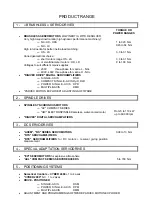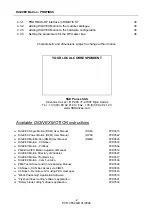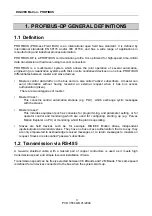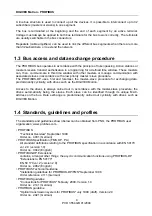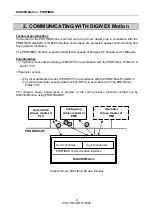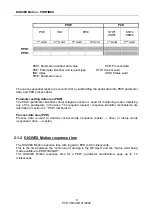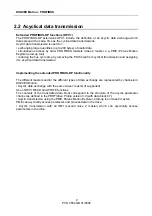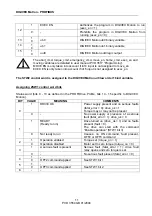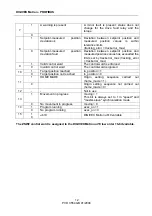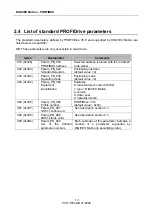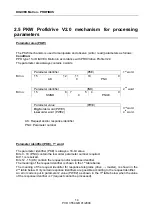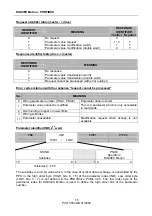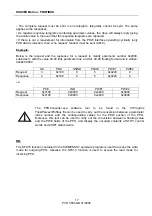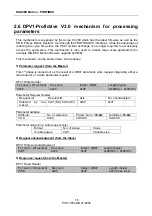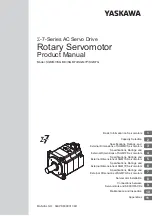
DIGIVEX Motion - PROFIBUS
3
PVD 3554 GB 01/2004
1. PROFIBUS-DP GENERAL DEFINITIONS
1.1 Definition
PROFIBUS (PROcess FIeld BUS) is an international open field bus standard. It is defined by
international standards EN 50170 and/or IEC 61158, and has a wide range of applications in
manufacturing and industrial process automation.
PROFIBUS-DP is a PROFIBUS communication profile. It is optimized for high-speed, time-critical
data transmission at field level using low-cost connectors.
PROFIBUS is a multi-master system which allows the joint operation of several automation,
engineering or visualization systems with their on-site centralized devices on one bus. PROFIBUS
differentiates between master and slave devices:
•
Masters control data traffic on the bus and are also called “active” subscribers. A master can
send information without having received an external request when it has bus access
authorization (token).
There are two categories of master:
•
Master Class 1:
This concerns central automation stations (e.g. PLC), which exchange cyclic messages
with the slaves.
•
Master Class 2:
This includes equipment such as consoles for programming, and parameter setting, or for
operator control and monitoring which are used for configuring, starting up (e.g. Parvex
Motion Explorer on PC) or monitoring whilst the plant is operating.
•
Slaves are field devices such as, for example, DIGIVEX Motion drives, independent
inputs/outputs and solenoid valves. They have no bus access authorization; that is to say, they
are only empowered to acknowledge received messages or, to return messages to masters on
request. Slaves are also called “passive” subscribers.
1.2 Transmission via RS-485
A two-wire shielded cable, with a twisted pair of copper conductors is used as it meets high
transmission speed, and simple low-cost installation criteria.
Transmission speed can be freely selected between 9.6 kBauds and 12 MBauds. This same speed
is defined for all devices connected to the bus when the system starts up.


